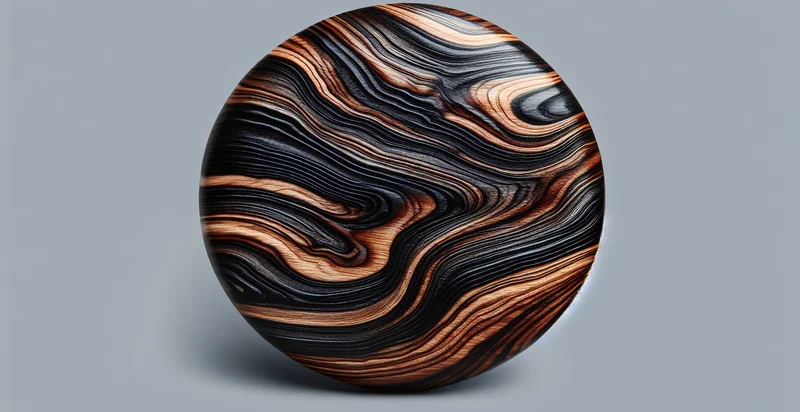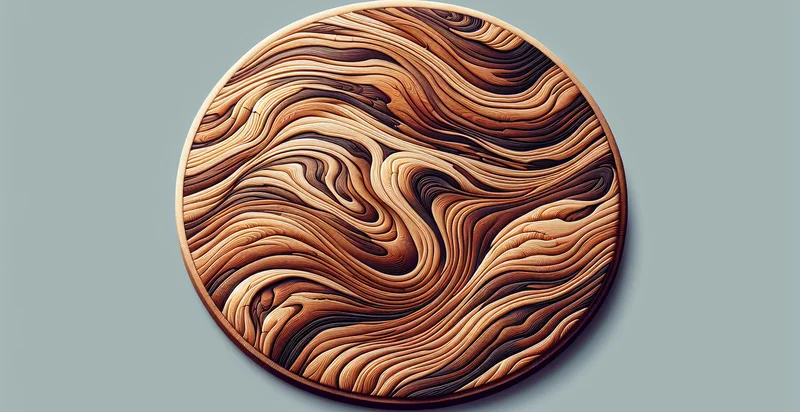Identify if wood is ebony
using AI
Below is a free classifier to identify if wood is ebony. Just upload your image, and our AI will predict if the wood is ebony - in just seconds.

Contact us for API access
Or, use Nyckel to build highly-accurate custom classifiers in just minutes. No PhD required.
Get started
import nyckel
credentials = nyckel.Credentials("YOUR_CLIENT_ID", "YOUR_CLIENT_SECRET")
nyckel.invoke("if-wood-is-ebony", "your_image_url", credentials)
fetch('https://www.nyckel.com/v1/functions/if-wood-is-ebony/invoke', {
method: 'POST',
headers: {
'Authorization': 'Bearer ' + 'YOUR_BEARER_TOKEN',
'Content-Type': 'application/json',
},
body: JSON.stringify(
{"data": "your_image_url"}
)
})
.then(response => response.json())
.then(data => console.log(data));
curl -X POST \
-H "Content-Type: application/json" \
-H "Authorization: Bearer YOUR_BEARER_TOKEN" \
-d '{"data": "your_image_url"}' \
https://www.nyckel.com/v1/functions/if-wood-is-ebony/invoke
How this classifier works
To start, upload your image. Our AI tool will then predict if the wood is ebony.
This pretrained image model uses a Nyckel-created dataset and has 2 labels, including Is Ebony and Is Not Ebony.
We'll also show a confidence score (the higher the number, the more confident the AI model is around if the wood is ebony).
Whether you're just curious or building if wood is ebony detection into your application, we hope our classifier proves helpful.
Related Classifiers
Need to identify if wood is ebony at scale?
Get API or Zapier access to this classifier for free. It's perfect for:
- Furniture Manufacturing Quality Control: The True image classification function can be integrated into furniture manufacturing processes to automatically identify and verify the presence of ebony wood in raw materials. This ensures that only high-quality ebony is used in products, thus maintaining brand reputation and reducing material waste.
- Custom Furniture Design: Interior designers can utilize this classification function to accurately specify the use of ebony wood in bespoke furniture projects. By confirming the wood type, designers can guarantee the aesthetics and durability their clients expect, enhancing customer satisfaction and trust.
- Vintage and Antique Appraisal: Appraisers in the antiques market can use this function to authenticate whether an item is made from genuine ebony wood. Accurate identification of authentic materials can significantly affect the item's value and provenance, aiding collectors and investors in making informed decisions.
- Sustainability Monitoring: Wood suppliers can employ this classification function to ensure that sourced ebony is ethically harvested and compliant with environmental regulations. This transparency helps companies demonstrate their commitment to sustainable practices, appealing to eco-conscious consumers.
- Forestry and Conservation Research: Researchers studying forest ecology and biodiversity can use this tool for tracking ebony tree populations in natural habitats. By identifying these trees through images, researchers can compile valuable data on species distribution, health, and conservation status.
- E-commerce Product Verification: Online retailers can implement this image classification function to verify the authenticity of ebony wood in listed products. This reduces the risk of selling counterfeit or misrepresented items, fostering trust and improving customer loyalty in e-commerce platforms.
- Educational Resources for Wood Recognition: Educational institutions can use this classification function within curricula focused on botany, furniture design, or craftsmanship. By providing students with technology to classify wood types, instructors can enhance practical learning experiences and increase students' expertise in material identification.


